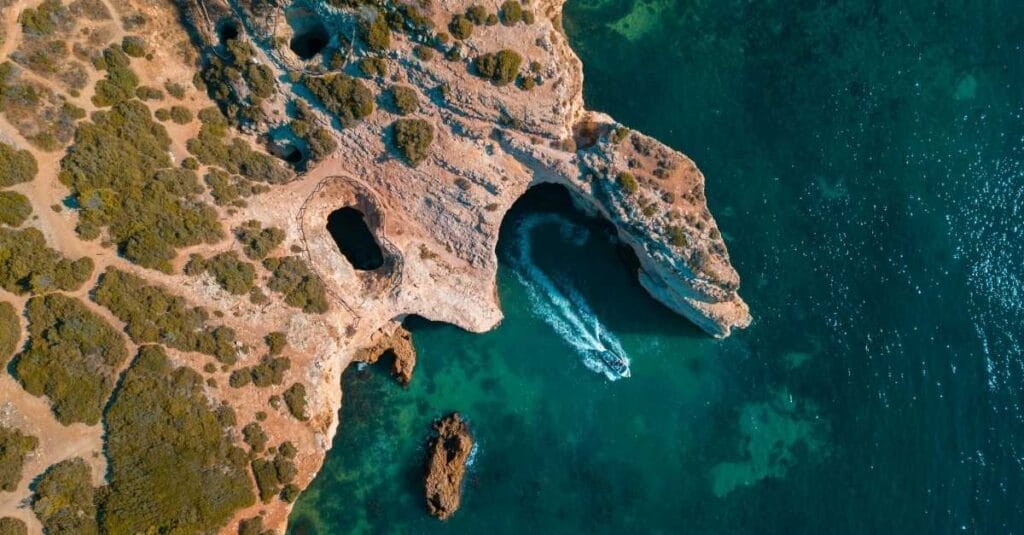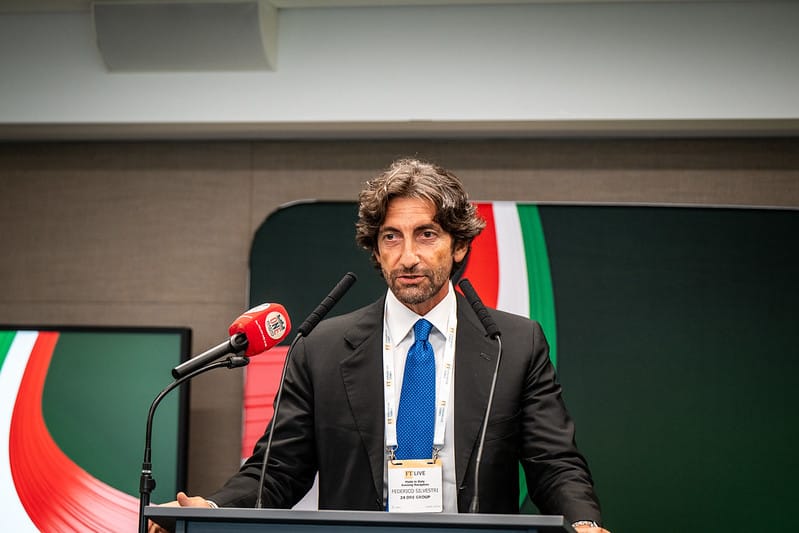ART AND CUSTOMS
A GUIDE TO ART & CUSTOMS
Alinea provides specialist guidance to art galleries and exhibitors on how to prepare customs documentation, and advise customs agents and couriers accordingly. This is to avoid unnecessary charges by your freight forwarder.
Concerns that our clients have presented to Alinea Customs following using other customs agents, and postal carriers such as DHL include:
Import VAT has been charged at 20% rather than 5%
Couriers have charged for payment of import VAT via their duty deferment or FAS account, when postponed accounting could have used
Supplementary declarations have been submitted when full customs declarations would have sufficed
Incorrect CPC codes have been used for temporary admission
When artwork that has entered the UK or another country under T.A. has not been sold, the original exporting declaration has not been declared as a temporary export, and returned goods relief has not been applied on reimport, therefore the exporter faces import VAT on readmission, despite their host applying T.A. under full authorisation in the recipient country.
Through the use of Alinea Customs for customs declarations, the provision of consultancy services to conduct a compliance check, and inhouse training, our clients can benefit from:
- Accurate CPC codes so that 5% import VAT is charged rather than the standard 20%
- Avoiding unnecessary administration fees through use of postponed accounting for VAT registered businesses on their customs declaration and improved cashflow
- Accurate CPC codes for Temporary Admission
- Trained and experienced customs brokers handling T.A. by full authorisation on an efficient basis, with competitive rates
- Cost savings through compliant documentation prepared to reduce fees and administration time for your clients
- Accurate documentation in case of an HMRC compliance audit
- Ongoing support from a dedicated account manager
- Training on the introduction of the EU Cultural Goods Act and the Import of Cultural Goods System (ICG) from 28 June 2025 and managing change for organisations that export archaeological artefacts, fine art and antiquities to the European Union.
Click here to learn more.
Valuation for import VAT:
Exceptions to the normal rules, permanent imports: works of art, antiques and collector’s items.
Under the terms of Notice 702, paragraph 3.4 and The VAT Act 1994, Section 21, imports of works of art, antiques and collector’s items are taxed on a reduced value at importation, giving an effective rate of 5%.
To claim this reduced rate of import VAT, the importer must provide information to their customs agent to support a claim the import declaration.
Documentation such as proof of authenticity and evidence of the item’s age and origin will be required.
VAT registered businesses – including auction houses, art galleries and antique dealers may use postponed accounting for import VAT on their customs declaration, and therefore they do not have to pay import VAT to HMRC.
Instead, the VAT value is declared and reclaimed on the quarterly VAT return, as input tax and output tax, effectively cancelling out each other resulting in no impact to liquidity and improved cashflow.
VAT registered businesses can postponed accounting which does not require VAT to be paid to HMRC.
Instead, the VAT value is declared and reclaimed on the VAT return.
The simplest way to arrange this is by indicating Postponed Accounting for import VAT on the import declaration, in which case HMRC will send issue a postponed accounting for import VAT statement to the trader’s Financial Dashboard in the following month, indicating details of the import VAT the business may declare and claim back on their VAT statement.
If import VAT is paid using another method, such as a duty deferment account, the duty deferment account of their agent, or the flexible accounting scheme DTI input account of their agent, the VAT paid may be reclaimed as input tax.
VAT registered importers may wish to specify the use of postponed accounting for VAT when making a customs declaration via an agent, to avoid facing unnecessary charges. Please ensure that your company’s GB EORI number and VAT number are identical with thee additional digits (000) comprising the EORI. If they are misaligned, your company accountant should request for HMRC to issue a new EORI which matches your company VAT number.
HMRC, IMPS052000 – Valuation for import VAT: exceptions to the normal rules: permanent imports: works of art, antiques and collector’s items, [online], available from: https://www.gov.uk/hmrc-internal-manuals/imports/imps05200 HMRC Interim Manual, Imports, Customs Procedure Codes, available from: https://www.gov.uk/hmrc-internal-manuals/imports/imps05200
Temporary Admission
Temporary Admission by Authorisation entitles the importer to a suspension of the 5% import VAT, (and potentially customs duty if the imported artwork qualifies for customs duty) and may also require a security to be provided, such as a confirmation of a guarantee from the importer’s bank or financial institution.
This procedure may be advisable for traders that are not VAT registered, and is frequently used by galleries, auction houses and exhibitors handling private and non-commercial sales. Use the following form SP5 to apply for full authorisation a minimum of 30 days prior to import. For imports of antiques, prior authorisation is required.
Businesses have the option of applying for temporary authorisation by completion of the SP5 form, or simply by declaration. For imports of antiques, prior authorisation is required.
In order to apply Temporary Admission procedures, particular CPC codes must be indicated on the customs declaration which outline that the goods have entered the UK for exhibition purposes, and within 2 years they will either a.) be declared into free circulation, in which case the full 5% import VAT will become chargeable, and a second customs declaration required or b.) re-exported.
Typical CPC codes used would include:
- TA relief by prior authorisation and prior approval – 53 00 000 – TA full authorisation, VAT suspended.
- Diversion from temporary admission into free circulation – 4053 000 – If the goods are sold and will remain in the UK, a diversion entry into free circulation should be completed within 30 days of sale. A copy of the sales invoice must be sent to the National Temporary Admission Unit. Goods sold and remaining in the UK – 5% import VAT will be chargeable to non-VAT registered clients
- Temporary Export – 2300000
- Export of goods out of temporary admission 3153 000
- Returned Goods Relief goods 6123F01~1RV
Temporary Export
When artwork is temporarily exported from the UK or EU, the CPC code 2300000 CPC should be applied, prior to being entered into temporary admission in the destination country.
This will confirm to the exporting nation that the consignment will be returned, and support a claim for returned goods relief by the exporter.
Re-export of Temporary Admission goods
Where Temporary Admission has been indicated on a customs declaration, when the goods are re-exported the appropriate corresponding CPC code should be used.
Where a full import declaration using TA has been made to import the goods, it is likely that the CPC code: 31 53 000 should be used upon export.
In certain circumstances, for example when a supplementary declaration was made to import the goods under TA or when a TA with full authorisation has involved more than one member state, an alternative CPC code will apply.
Supply VAT
Where an artwork has been imported into the UK using Temporary Admission, and is subsequently sold to another company or individual and declared into free circulation, the importing company will become liable for the 5% import VAT chargeable.
If they are VAT registered, the postponed accounting method can be used to declare and reclaim the goods on their VAT return, and UK supply VAT should be charged to their client.
Returned Goods Relief
- Exhibitors should prepare a duplicate list on company stationary when the originally export the goods that identifies:
- A description of the goods
- How many there are
- Serial numbers, if the goods have them
- Value of the goods
- Exhibitors that export goods from the UK then re-import them in an unaltered state may claim returned goods relief using CPC code 6123F01 – Returned Goods Relief, that entitles them to import VAT relief.
- The goods must be re-imported within 3 years of their export, and the appropriate customs procedure code used.
- Alternatively, exhibitors may complete a C1246 form
- The goods must be returned to the same individual or company that originally exported the goods in order to claim import VAT relief.
- 6123F01~1RV – relief from customs duty and import VAT
ATA Carnet
ATA carnets may be applied for to avoid the requirement for customs declarations, duty, VAT or transit procedures for goods which temporarily exported from the UK.
ATA carnets are recognised on an international basis, although it may be useful to check that the destination country is eligible in advance of application.
The use of an ATA Carnet may be particularly helpful when an exhibitor is attending multiple exhibitions in multiple destinations in the course of 12 months, in order to alleviate the costs of customs declarations and transit procedures in each country, in addition to the time in administration.
On the first page of an ATA carnet, multiple items can be listed – but not all of these have to be presented on each voucher for each journey.
A fully refundable financial security to cover the potential VAT and duty liability must be placed as a deposit for the 12 months covered by the ATA carnet.
Alternatively, the London Chamber of Commerce offer a non-refundable security available as a fractional cost of the deposit.







